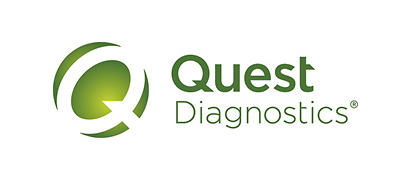Antiphospholipid syndrome (APS) is a systemic autoimmune disease characterized by arterial, venous, or microvascular thrombosis, pregnancy morbidity, or nonthrombotic manifestations in patients with persistent antiphospholipid antibodies (aPL).
In 2023, the American College of Rheumatology (ACR) and the European Alliance of Associations for Rheumatology (EULAR) published an update to the classification of APS.1 The new criteria include 1 positive aPL test within 3 years of identifying an aPL-associated clinical criterion, followed by additive weighted criteria (score range 1-7 points each) clustered into 6 clinical domains and 2 laboratory domains (Table). Patients accumulating at least 3 points each from the clinical and laboratory domains are classified as having APS.
Compared to the 2006 revised Sapporo classification criteria,2 the 2023 ACR/EULAR APS classification had an improved specificity of 99% versus 86% but a reduced sensitivity of 84% versus 99%, respectively.





